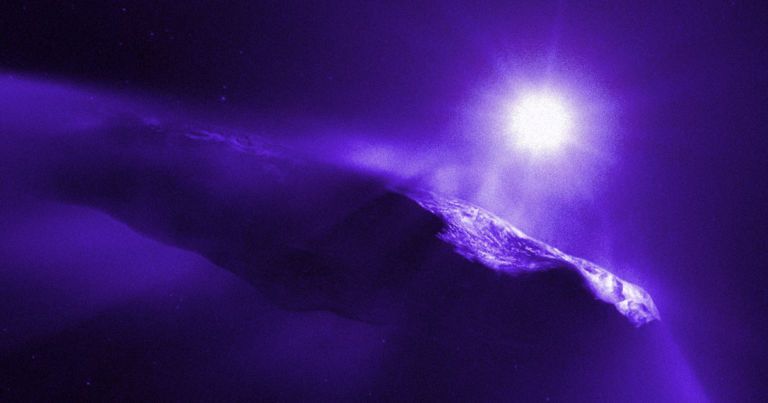The Oxford scientists are extraordinarily confident that their vaccine against the coronavirus will work.
The government’s chief medical officer insists a jab is still 12 to 18 months off and some form of social distancing will be needed until it’s in widespread use.
Their confidence is built on past success. The same vaccine technology has been used on other diseases, including the related coronavirus MERS, as well as Ebola.
ChAdOx1, pronounced “Chaddox-one”, is a version of a common cold virus that has been modified not only so that it doesn’t cause symptoms, but also so it carries some genetic material of the coronavirus.
Past success of the technology Oxford University is using for the COVID-19 vaccine is why they think it can be ready by September.









